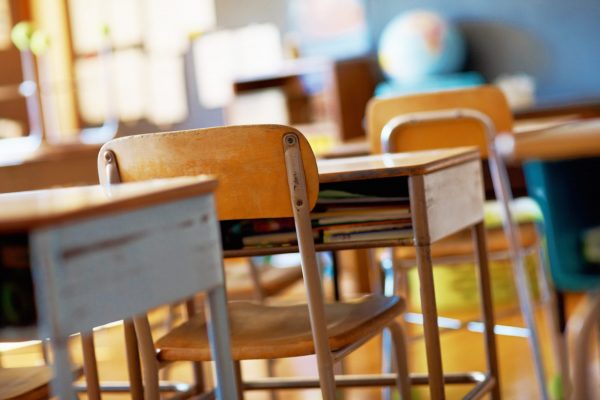
Lula Tewolde had no idea what she wanted to major in when she set foot on CSU’s campus as a first year exploratory studies student in the fall of 2018. Having an aptitude for math, she initially took courses in business, and later interior design, but knew something just didn’t feel right.
“I was really struggling to find that thing that called out to me, that made me feel passionate and purposeful,” she says. After a meeting with her advisor, Tewolde was surprised to learn that all the courses she was excelling at fell within the College of Liberal Arts: namely, Ethnic Studies and Sociology. These disciplines that asked her to think critically and in new ways – to form her own ideas about the world and how we experience it through socially constructed lenses such as gender and race – led Tewolde down an unexpected and deeply transformative path.
“I love Ethnic Studies because it’s not about being right or wrong. It’s about learning and unlearning and discovering new and different ways of looking at something in the world, or even in your life,” she says.
Tewolde points to the fall of her sophomore year as the moment her education changed. She took ETST 265: Culture of Care in Schools with Dr. Tom Cavanagh, and immediately was hooked.
“Our discussions in class were so important,” she says. “Dr. Tom always found a way to tie back whatever we were talking about to our lives, to students in the school system. It was so clear that what we were learning about could be applied to real life.”
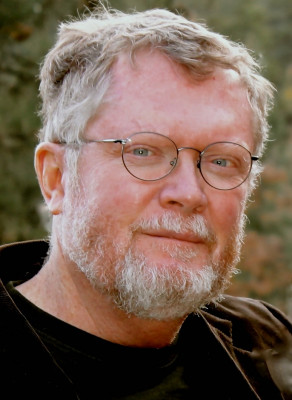
A Culture of Care in Schools
What students like Tewolde learn in this course are the practices and principles of restorative justice – a guiding model of education that Dr. Cavanagh has been pioneering since the late ‘90s.
After attending CSU for his doctorate and earning a Fulbright to study in New Zealand, Cavanagh developed the professional development training program, “A Culture of Care in Schools” to educate teachers, school staff and school boards, superintendents, counselors, and social workers on how to foster culturally appropriate relationships and interactions built on equity. When Cavanagh returned to the United States, CSU sponsored a pilot program at Hinkley High School in Aurora, where a culture of care was implemented school wide. Now, he acts as program director of the nonprofit Restorative Justice Education in Fort Collins, which provides virtual and face-to-face training programs to members of school communities in Colorado as well as all over the country.
Dr. Cavanagh says that the pandemic only increased awareness around equity disparities in our school systems and has brought about a significant need to change how educators respond to student behaviors.
“Education is changing from a focus on curriculum to a focus on learning. The research is clear: the key to learning is relationships,” Dr. Cavanagh says.
Another reason why restorative justice education has become increasingly in-demand is the frequency of school shootings, Cavanagh notes. “We tend to be the first call after these events.”
In a time where our trust in the notion that schools are inherently safe is routinely ruptured, Dr. Cavanagh emphasizes that a desire to strengthen relationships and heal harm is critical to prevention across school districts.
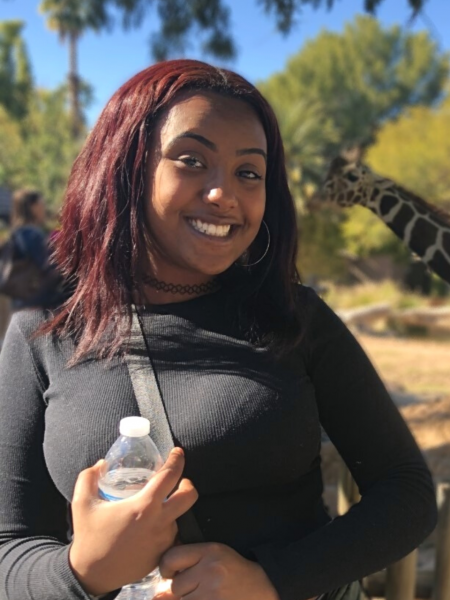
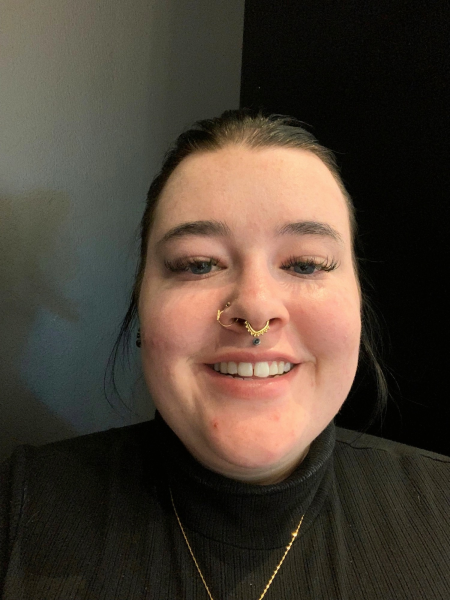
Interning with Restorative Justice Education
Healing such harm begins first by simply noticing it, Tewolde says – which is what she’s helping educators do as part of her internship as a facilitator of the Culture of Care trainings led by Dr. Cavanaugh at RJEd.
As a facilitator this semester, Tewolde has had the opportunity to provide her own feedback and insights to educators going through the program – from sharing with participants how to recognize racist micro-aggressions to generating classroom practices that help all students feel included, such as using non-white names in homework examples.
“Growing up, all I saw on the board was Abby, Ashley, and Emily,” Tewolde says. “Something that seems really small and not a big deal can have a huge impact on students.” In this regard, unlearning restrictive habits is key to building trust with all students.
Another RJEd intern, Olivia Lynch, who was a facilitator during the summer of 2020, says that many training participants are also veteran teachers who have been instructing for more than 20 years. “Some participants have been teaching for decades, and as a result their teaching methods have become really ingrained – it’s difficult at first to break from that mold and build something new,” she says.
Patience and truly listening are important to keep in mind when going through the training, Lynch adds.
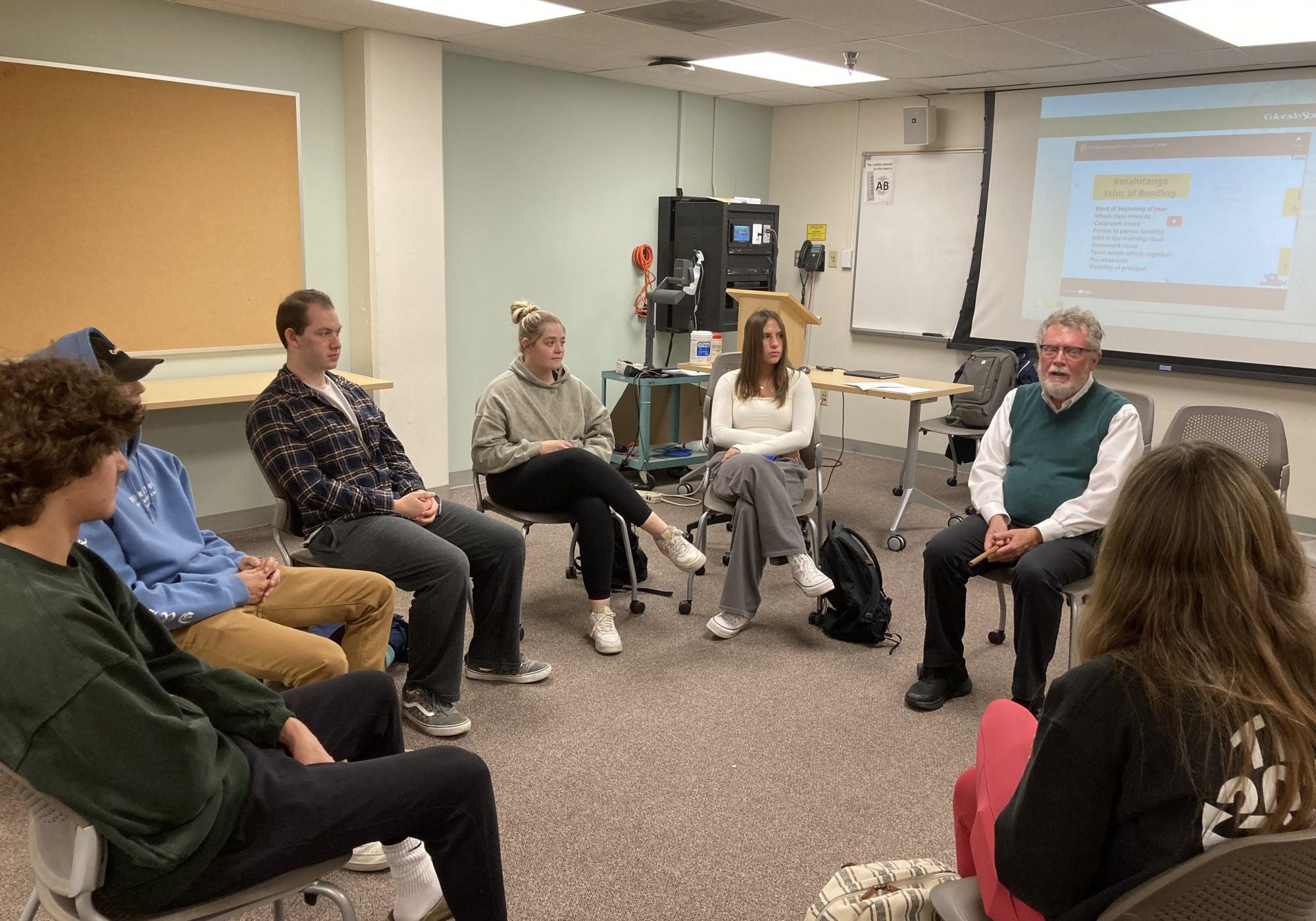
Seeking out a new path
Lynch’s own interest in Restorative Justice Education first began due to a dissatisfaction with practices concerning law enforcement. After initially coming to CSU to pursue a career in criminal justice, Lynch became frustrated with the limitations she noticed around policing and sought out her ETST 100 instructor Allison Goar to ask about alternative justice practices.
Goar mentioned Restorative Justice Education, and after meeting with Dr. Cavanagh, Lynch knew she wanted to work as a facilitator. Since completing the internship, Lynch has never looked back: She now sees a future for herself that uses her experience with RJEd to help currently and formerly incarcerated individuals.
“The goals I have now are completely different from when I entered school,” Lynch says. “And isn’t that the point of college – to figure out what you really want to do with your life? I think it’s okay to discover it isn’t always what you thought from the beginning.”
Lynch is excited to graduate in the spring of 2023 with a double major in Ethnic Studies and Sociology.
The goals I have now are completely different from when I entered school. Isn’t that the point of college – to figure out what you really want to do with your life? I think it’s okay to discover it isn’t always what you thought from the beginning.”
Discovering her voice
As Tewolde nears the end of her internship, another principle of RJEd that she has found especially useful in helping teachers build culturally appropriate relationships with students is the dissolution of the classical teacher-student hierarchy. Rather than employ a lecture-dominated teaching style, educators are encouraged to assemble talking circles to create a comfortable and supportive environment to amplify student voice and agency.
In these circles, Dr. Cavanagh describes passing a talking stick around the group which allows participants the chance to choose whether they’d like to speak. Students in the circle are never forced to contribute – and the stick is always passed around twice, giving more introverted students the opportunity to hear from others before adding to the conversation.
As someone who admittedly does not enjoy public speaking, Tewolde found the talking stick in Dr. Cavanagh’s class a welcome change from past classroom experiences. Often described as soft-spoken or shy by former teachers, Tewolde says the fear of being wrong had once held her back. In Dr. Cavanagh’s classroom, this fear has been removed and replaced by care.
Now, Tewolde is sharing her voice with those around her – from educators in RJEd training sessions to the students in Dr. Cavanagh’s current Culture of Care in Schools class, where she helps out as a teaching assistant.
“Sometimes, it takes a while to build that confidence,” Dr. Cavanagh says, “but I just want to always encourage Lula: You know something that they don’t, and you can build their capacity.”
Though Tewolde isn’t completely sure what her next move will be (she’s leaning toward pursuing a career in counseling) she knows that she’s equipped with the tools necessary to choose the future she wants.
“I can’t not see the world this way anymore,” Tewolde acknowledges. “So, anything I do – I’ll bring this lens with me.”

To learn more about Restorative Justice Education, visit the website: https://www.restorativejustice.com/
